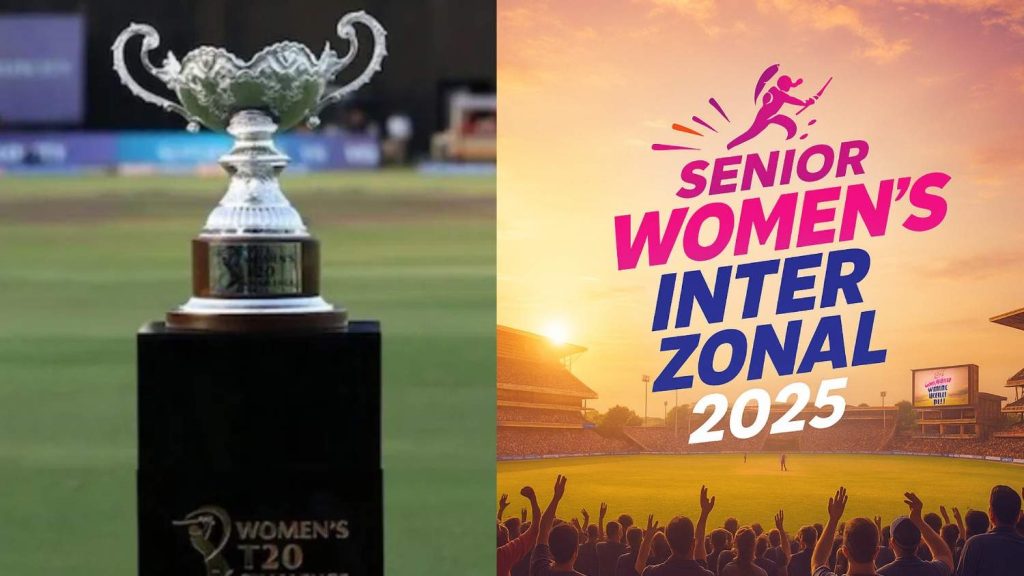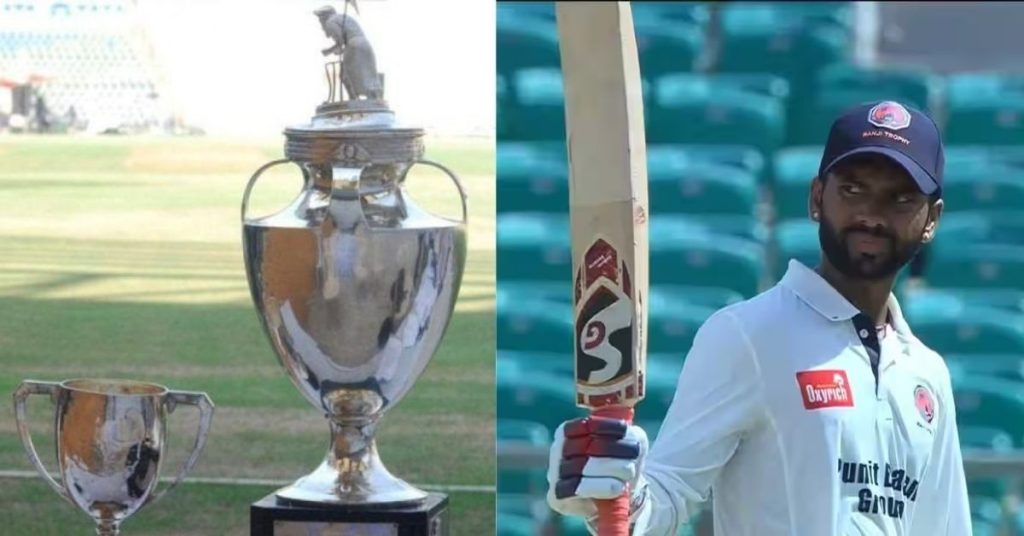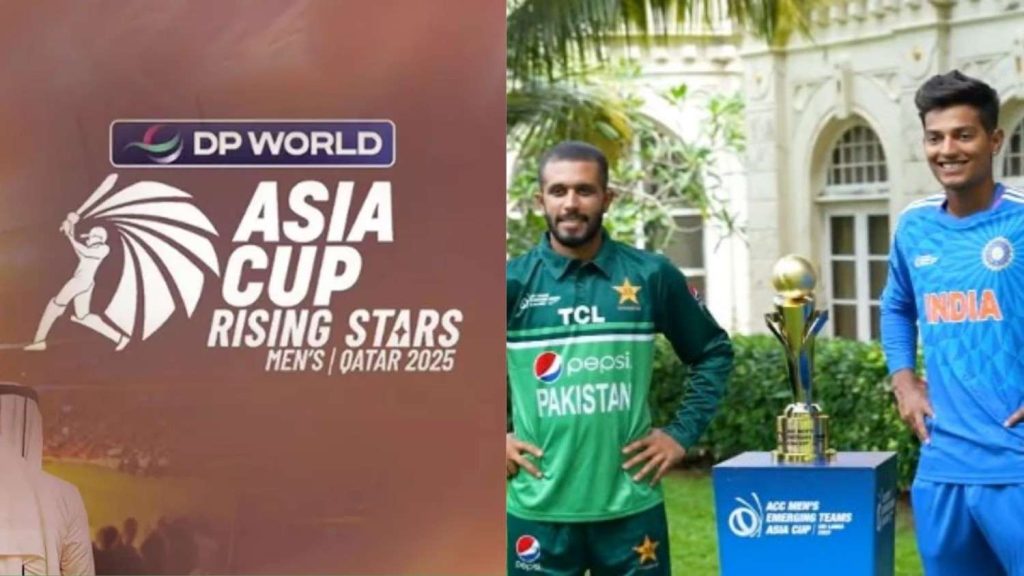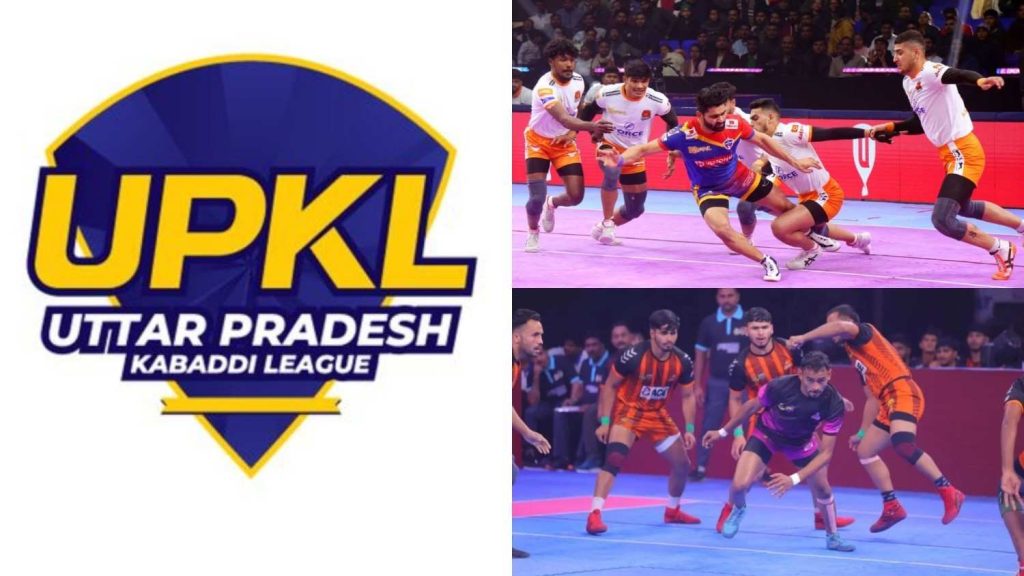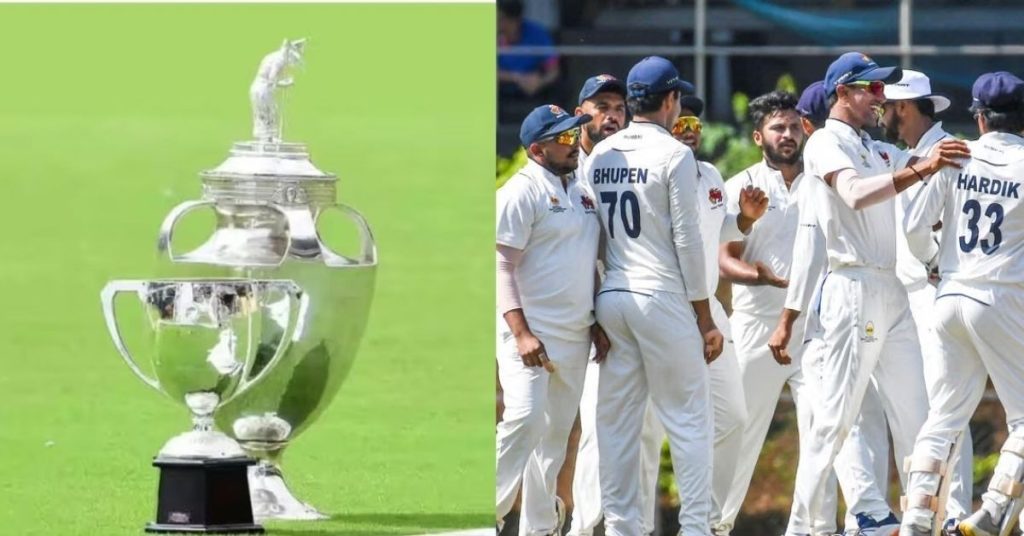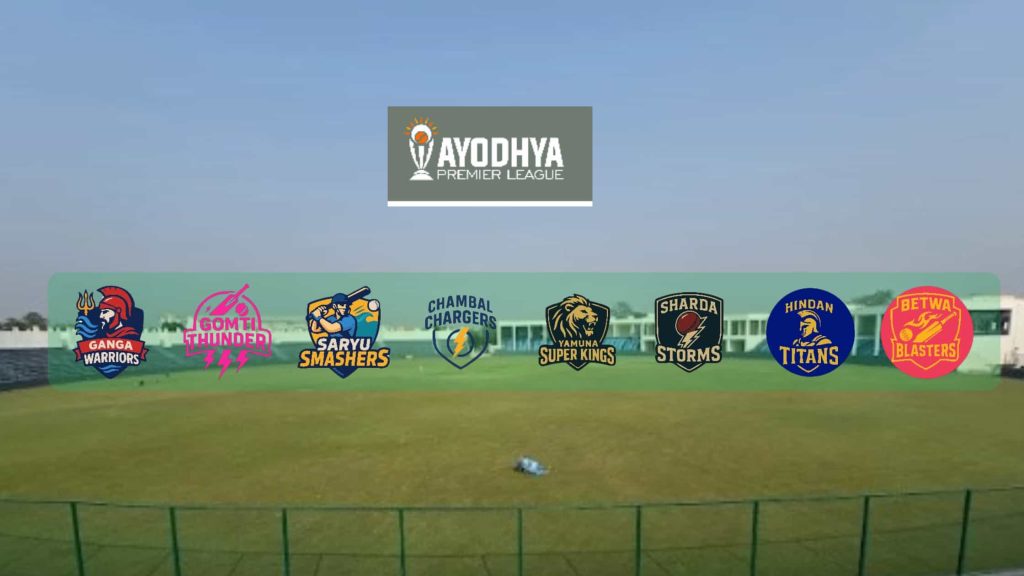India’s sports scene is changing. This leads to a big question: which sport is growing faster—cricket, football, or kabaddi?
On-ground sponsors are changing how they view fan loyalty, sponsorship, and grassroots development. This shift comes from the growth of modern football and kabaddi leagues.
This study will find the true winner in India’s changing sports scene in 2025. It will focus on rising viewership, league growth, revenue increases, and youth involvement.
Comparative Growth Metrics: Cricket vs Football vs Kabaddi (2025)
| Parameter | Cricket | Football | Kabaddi |
|---|---|---|---|
| TV Viewership (Millions) | 612 (Overall audience) | 305 (Overall audience) | 280 (Overall audience) |
| League Revenue (₹ Crore) | 7,550 (2024, all cricket) | 665 (ISL, 2024) | 415 (PKL, 2024) |
| Youth Participation Growth | ~8% YoY | ~12% YoY | ~15% YoY |
| Sponsorship & Brand Deals | Very high, global | Growing, global/regional | Rapidly increasing |
| Digital Engagement | Massive, multi-platform | High, young fans | Surging OTT/TV |
Note: The revenue of these sports is sourced from Havas Media Network.
Cricket leads in viewership (612M) and revenue (₹7,550 Cr), while football (305M, ₹665 Cr) and kabaddi (280M, ₹415 Cr) show faster youth participation growth.
Cricket dominates sponsorships and digital reach, but football and kabaddi are catching up, especially among younger, digital-first audiences.
India’s Evolving Sports Infrastructure: An Overview
India’s sports infrastructure has grown a lot. Programs like Khelo India and the Target Olympic Podium Scheme have boosted investment.
Modern stadiums, training facilities, and programs are being established nationwide. Learn more about recent developments in Sports Infrastructure In India.
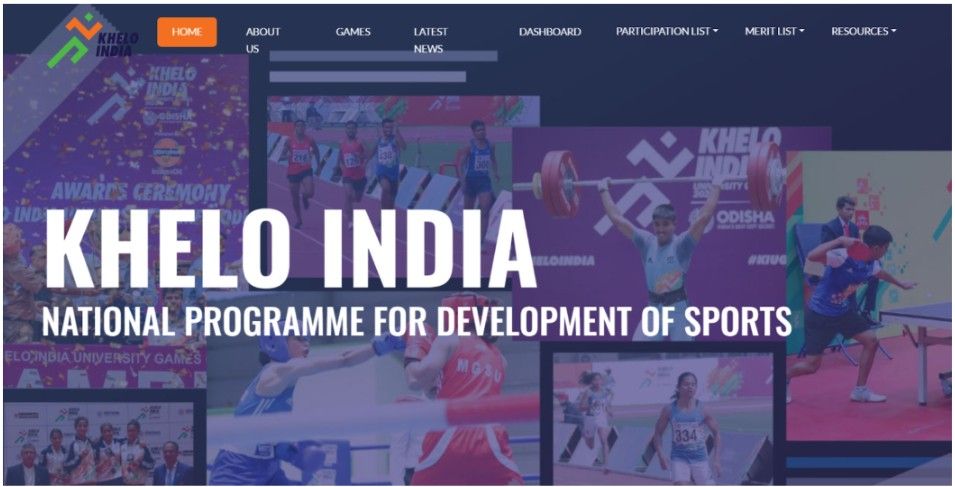
The Sports Authority of India’s academy network has grown. Also, private investment in leagues has led to new professional training centres.
Social media platforms have opened up sports to everyone. Now, rural audiences can connect with professional leagues. This also inspires local participation in many sports.
How Cricket, Football, and Kabaddi Differ — And Where They’re Most Popular in India
Cricket leads nationally with universal appeal, strongest in urban centres and traditional cricket states.
Football is rising in Bengal, Goa, Kerala, and the Northeast, with growing metropolitan followings. Kabaddi enjoys massive rural popularity, particularly in Maharashtra, Punjab, Haryana, and Tamil Nadu.
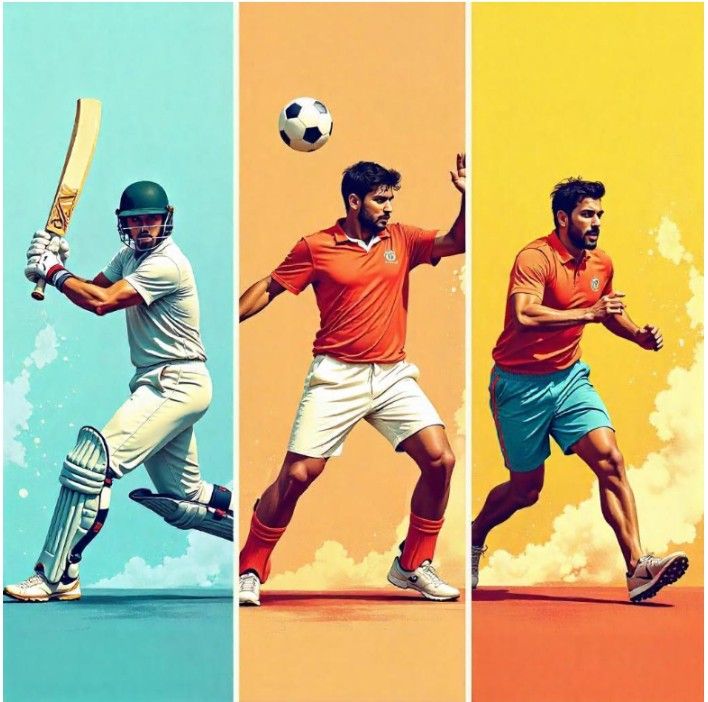
Each sport’s regional focus shapes its league strategies. Cricket is pan-Indian. Football targets strong regions. Kabaddi is becoming popular in India, participating in many leagues
Cricket’s Position In India
Cricket is more than a game in India. It’s a cultural force that has shaped the country’s sports identity for years.
Historical Journey & Rise to Dominance
Cricket’s dominance stems from its colonial legacy and post-independence success stories.
The 1983 World Cup win ignited a passion across the nation. Then, the 2007 T20 World Cup victory paved the way for the IPL revolution.
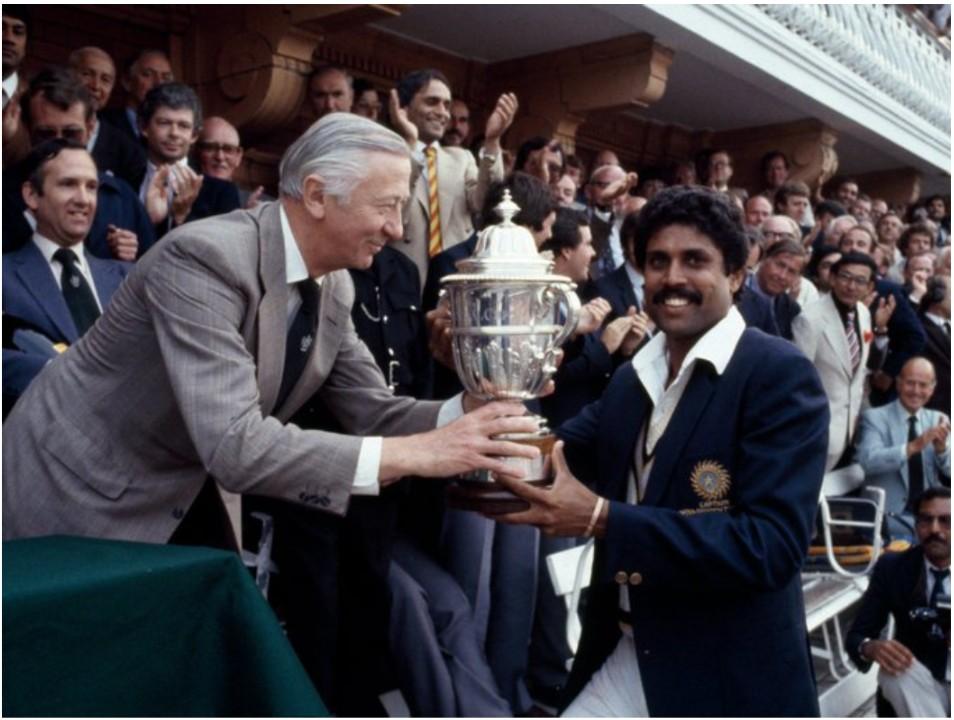
The Board of Control for Cricket in India (BCCI) built strong domestic systems. These systems help players move from local cricket to the international stage.
Cricket Cultural Phenomenon
Cricket in India is more than just a sport; it’s a shared passion. It brings together different communities and blends languages and regions.
Cricket connects people across the nation. From busy cities to peaceful villages, the love for cricket is everywhere.
Cricket generates mass excitement during India-Pakistan matches and the World Cup tournament.
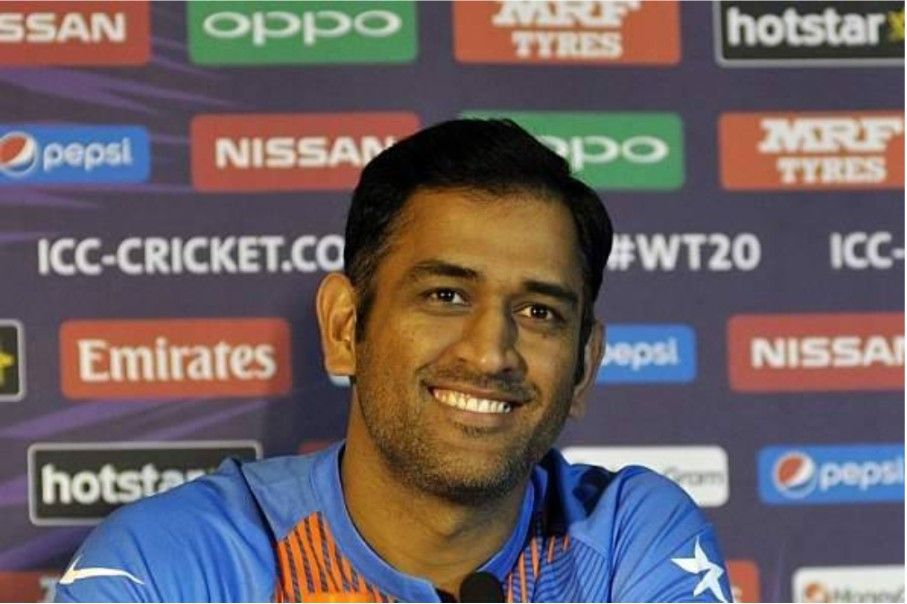
Cricket stars like Kapil Dev, Sachin Tendulkar, MS Dhoni, and Virat Kohli are icons. They influence fashion, boost endorsements, and back social causes.
The IPL turned cricket into a form of entertainment. It drew in Bollywood stars and created a festive vibe. This appeals to fans who don’t usually watch cricket.
Government Support & Future
The government is working on infrastructure development. This includes the Sports Authority of India and cricket academies at the state level.
The BCCI’s autonomy allows independent revenue generation and policy decisions. Future growth relies on three key areas: supporting grassroots programs, expanding women’s cricket, and staying competitive globally.
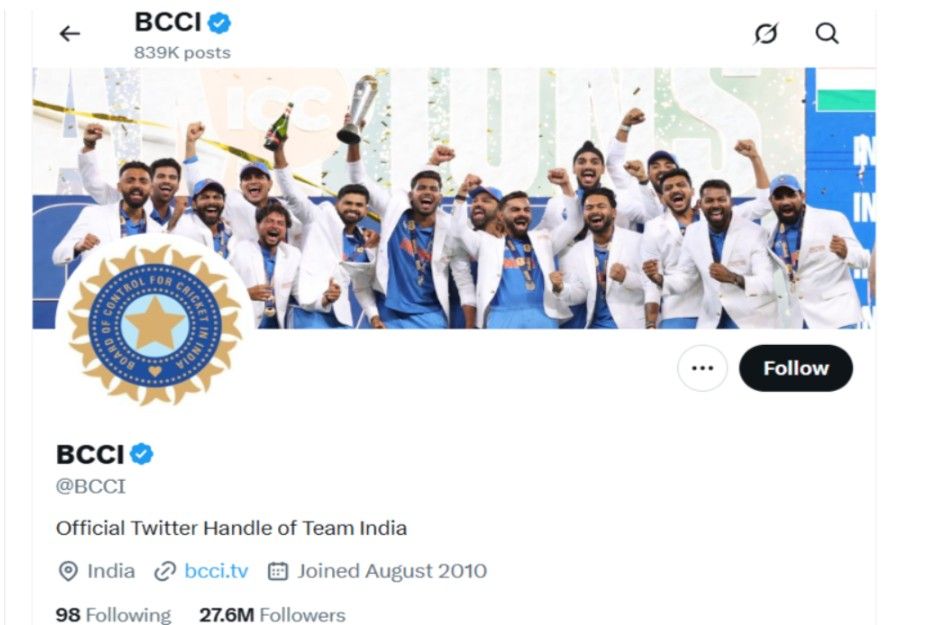
Government support is the boost for cricket’s wings. Tax breaks for sports infrastructure and the Khelo India program are vital lifelines. Plus, they discover hidden talent in rural corners, turning dreams into reality.
Football’s Emerging Surge
Football is rapidly gaining ground in India, fueled by growing fanbases, professional leagues, and international interest.
Historical Journey & Rise to Dominance
Football’s modern journey started in 2007 with the I-League. Then, in 2014, the Indian Super League (ISL) changed the game.
The ISL attracted international players, coaches, and significant investment from corporate houses.
It also led to more fan engagement, increased media coverage, and growth in local development nationwide.

Clubs like Mohun Bagan and East Bengal started Indian football. They built a legacy of passion and pride that reflects today.
New franchises have joined the scene with professional management and smart marketing. This new wave breathes life into the game, mixing tradition with innovation.
The government is working on infrastructure development. This includes the Sports Authority of India. The Sports Minister of India plays a key role in driving these initiatives forward.
Football Cultural Phenomenon
Football enjoys passionate regional followings, particularly in Bengal, Goa, Kerala, and the Northeast. Football showcases local pride and identity.
Clubs from these regions often draw massive crowds, turning matches into vibrant cultural events.

European league viewership is booming. Teams like Manchester United, Barcelona, and Real Madrid have gained many fans in India.
Football attracts urban youth and connects with global culture. It stands out as a lifestyle sport that goes beyond traditional limits.
Government Support & Future
Government initiatives include the Mission XI Million program and building football infrastructure.
The All India Football Federation (AIFF) supports youth development and coach training.
These efforts try to build a sustainable football system. They also aim to improve India’s competitiveness worldwide.
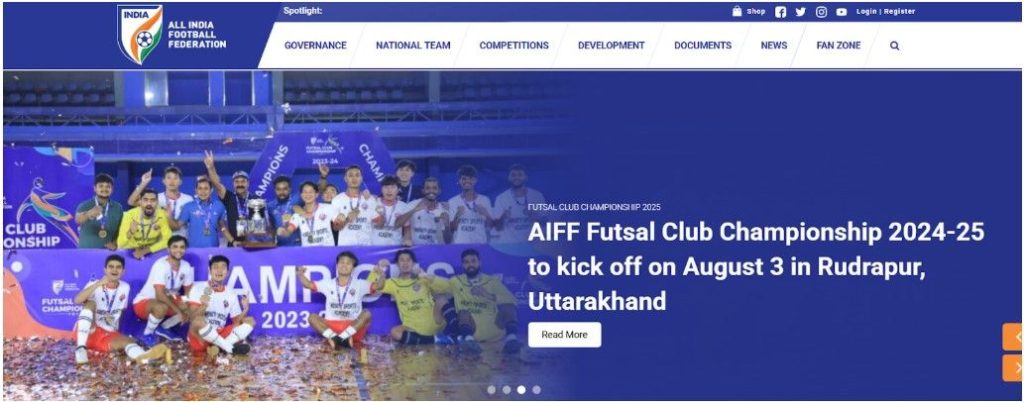
But governance challenges and recent corruption scandals have hindered progress. Future growth relies on three key areas: fixing administrative problems, boosting national team performance, and securing corporate investment in both grassroots and professional leagues.
Kabaddi’s Rapid Rise
Kabaddi shows India’s true sporting heritage. It has a strong connection to rural culture and village traditions.
Kabaddi can be the National Sport of India, reflecting its cultural significance and deep roots. However, the Government still has not declared anything regarding this game to be a national sport.
Historical Journey & Rise to Dominance
Kabaddi’s transformation began with the Pro Kabaddi League (PKL) launch in 2014, which revolutionised the sport’s commercial viability.
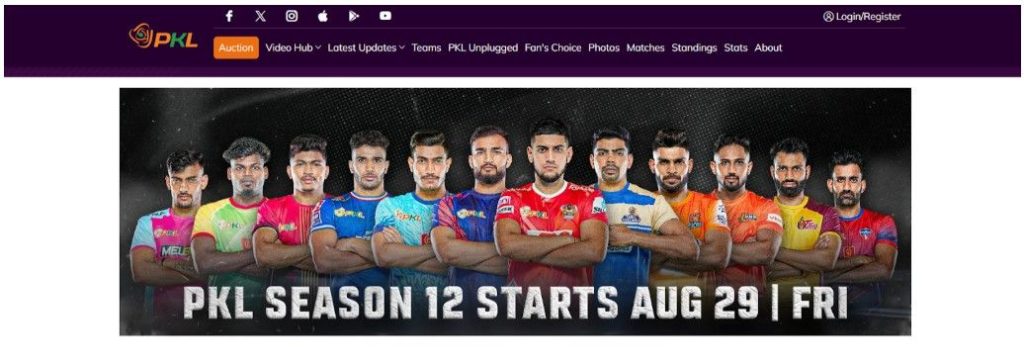
Kabaddi started in traditional akharas and village matches. Now, it has grown into a professional sport with set rules and global interest.
The PKL’s success led to other leagues for indigenous sports. This showed that traditional games can succeed in the modern market.
Kabaddi Cultural Phenomenon
Kabaddi shows India’s true sporting heritage. It has a strong connection to rural culture and village traditions.
The sport shows Indian values like strength, strategy, and teamwork. It also maintains cultural authenticity.
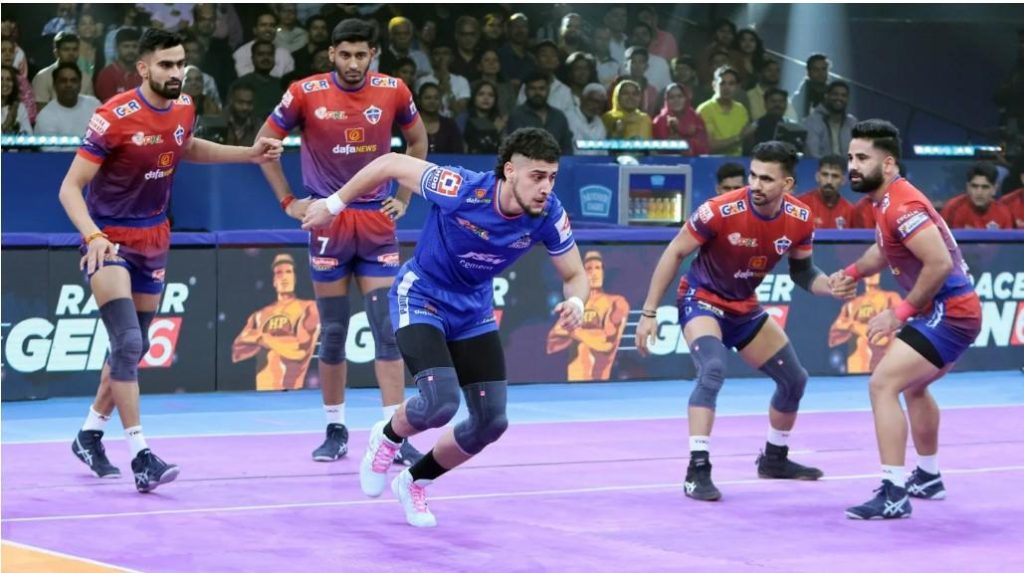
PKL connects urban and rural communities. It draws in city audiences while keeping its local charm. Kabaddi’s format and prime-time shows have turned it into a national spectacle.
Celebrity team owners and star players have boosted kabaddi’s status. They create heroes from rural areas who inspire young athletes.
Their stories of determination and success have redefined what it means to be a sports icon in India.
Government Support & Future
The government now recognises kabaddi as a priority sport. This recognition has boosted funding for training facilities and coaching programs.
The Amateur Kabaddi Federation of India receives help for international events and talent growth. Future growth aims to expand women’s kabaddi.

It will also create youth leagues and keep strong competition in the Asian Games and World Championships. Government initiatives aim to preserve kabaddi’s cultural significance while promoting professional development.
Factors Driving Growth Across All Sports In India
OTT platforms have changed how we access sports. They now reach audiences that were before untapped.
Alongside traditional games, the rise of eSports is reshaping how India’s youth engage with competitive entertainment.
Government programs like Khelo India offer support and funding. Corporate sponsorships and brand activations have also grown in all sports.
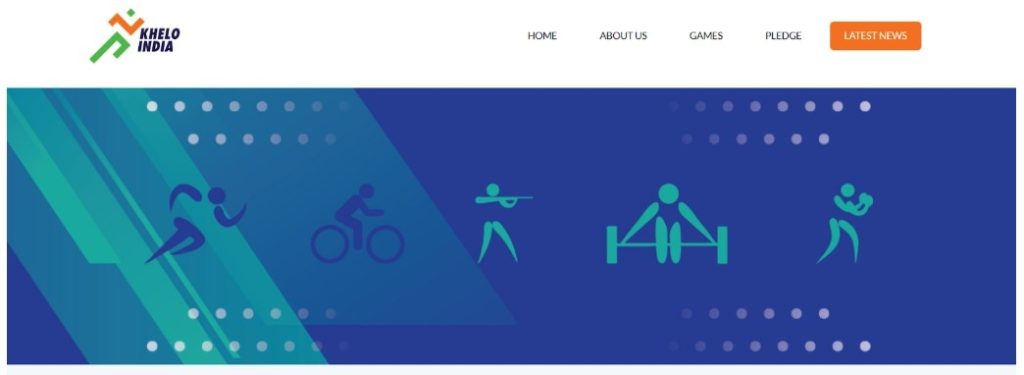
Celebrity endorsements and comprehensive media coverage boost popularity and commercial value significantly.
Major brands are now sponsoring kabaddi, turning it into a high-stakes professional sport. Broadcast deals, merchandise sales, and digital engagement have all surged.
This growth funds better training, scouting, and infrastructure. It also boosts kabaddi’s national profile.
Major Leagues Driving Popularity: Cricket, Football, and Kabaddi
These major leagues have transformed their respective sports, boosting visibility, fan engagement, and commercial growth across India.
Cricket
The Indian Premier League (IPL) is a major highlight. It brings in huge revenue and attracts viewers from around the world.
Other significant tournaments include the Ranji Trophy, Duleep Trophy, and Syed Mushtaq Ali Trophy.

These leagues provide structured professional pathways and maintain cricket’s dominance through consistent, high-quality competition and extensive media coverage.
Football
The Indian Super League (ISL) leads football’s professional structure, followed by the I-League and various state leagues.
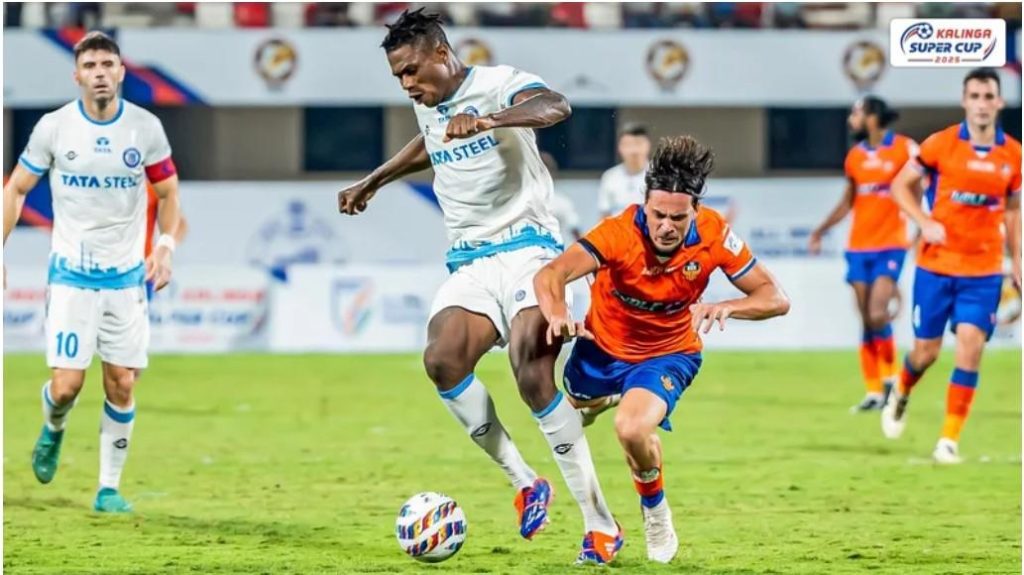
Youth leagues and developmental programs support talent identification and nurturing. Coordination issues between leagues and governing bodies create challenges. These problems can hinder growth.
Kabaddi
The Pro Kabaddi League (PKL) has changed kabaddi into a profitable sport with professional standards.

Regional leagues and state-level competitions support grassroots development. The league’s success has inspired similar formats for other traditional sports, proving indigenous games can achieve commercial success.
Challenges and Barriers For The Development Of Cricket, Kabaddi and Football In India
Cricket faces market saturation and increasing competition for audience attention from other sports.
Football faces governance problems. Accusers have charged the AIFF President with corruption and misusing federation funds.
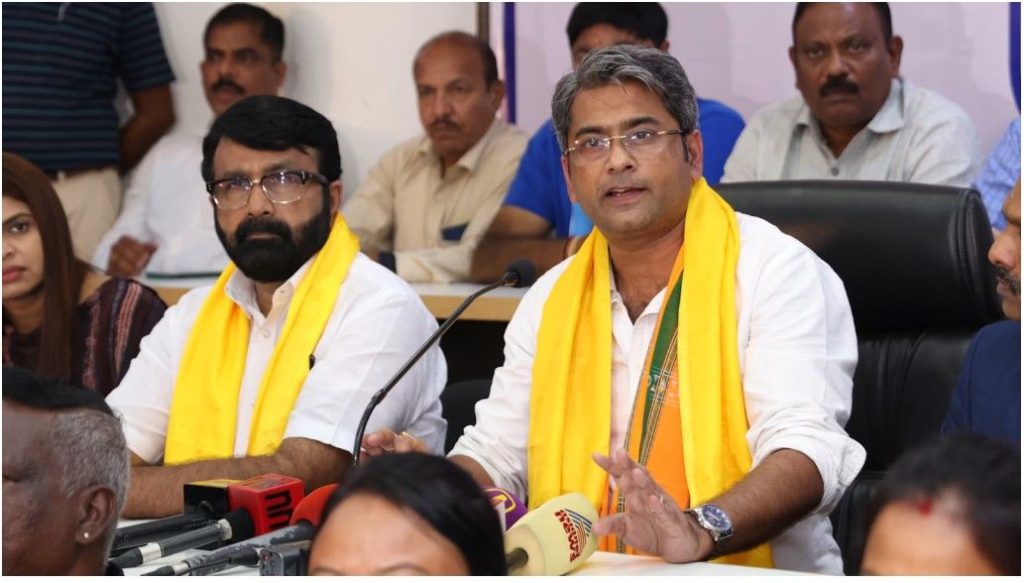
The AIFF never secured broadcasting revenues comparable to the BCCI, hindering infrastructure development.
Limited media visibility harms talent pipelines and club sustainability. Kabaddi needs grassroots development in rural areas to keep growing.
Long-term success relies on school programs, rural academies, and steady investment at every level
Future Outlook Of Sports In India
India’s Khelo Bharat Niti 2025, approved by the Union Cabinet, replaces the 2001 policy. It aims to make India a global sports powerhouse.
PM Modi announced this during Mann Ki Baat. The initiative aims to make sports part of daily life in schools and colleges.
It will also strengthen grassroots infrastructure, promote indigenous games, and support startups.
The policy focuses on villages, the poor, and daughters. It also promotes self-reliance in equipment and aims for Olympic-level success by 2036.
Olympic Presence and India: How Cricket, Football, and Kabaddi Fit In
Cricket might not join the Olympics soon. The ICC is working hard for its inclusion, but for now, cricket’s role in the Olympics is minimal.
Football has been in the Olympics since 1900. While there are clear pathways for success, India has had a hard time qualifying. This is primarily due to the competitive gaps in the sport.
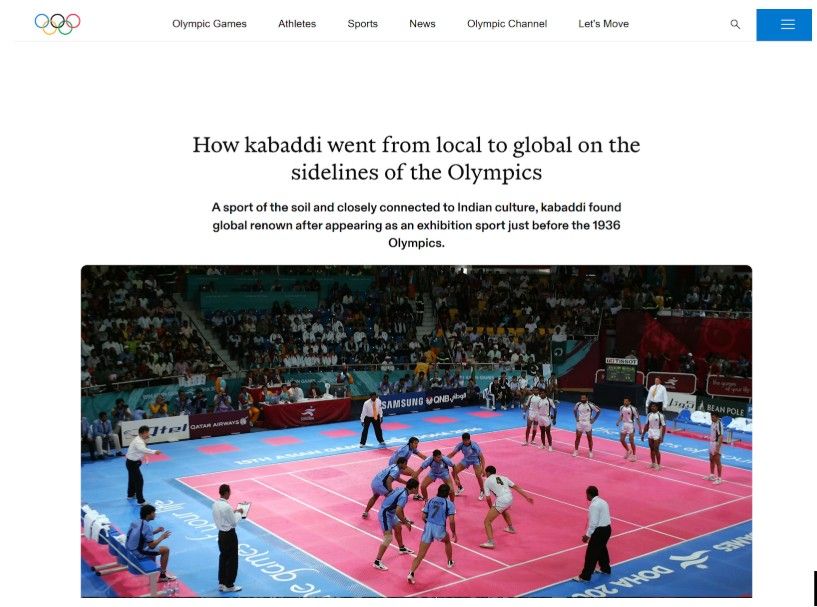
Kabaddi isn’t an Olympic sport yet, but it plays a big role in the Asian Games. Kabaddi is very popular and has won many medals in Asia.
Overall, India has a big chance to win medals in these three sports. But they need Olympic recognition to succeed.
Conclusion: After Cricket, Football, And Kabaddi Are The Growing Sports In India
Even though cricket continues to be India’s top source of income, football and kabaddi are quickly catching up thanks to solid league structures, rising youth participation, and growing sponsorships.
A single game won’t define India’s sporting future. This is due to a strong grassroots push, more media coverage, and increasing fan interest.
Cricket may still be in the lead, but the competition from other sports like Football and Kabaddi is getting closer.
FAQs
Cricket leads with over 600 million viewers, far ahead of football’s 305 million and kabaddi’s 280 million.
Kabaddi grows fastest at 15% annually, followed by football at 12%, with cricket growing steadily at 8%.
These leagues boost engagement, attract sponsors, discover talent, and inspire youth participation at grassroots levels nationwide.
Cricket dominates sponsorships, but football and kabaddi are seeing rapid growth, especially with regional and tech brands.
OTT, social media, and fantasy sports have expanded reach, especially boosting kabaddi and football viewership among youth.


